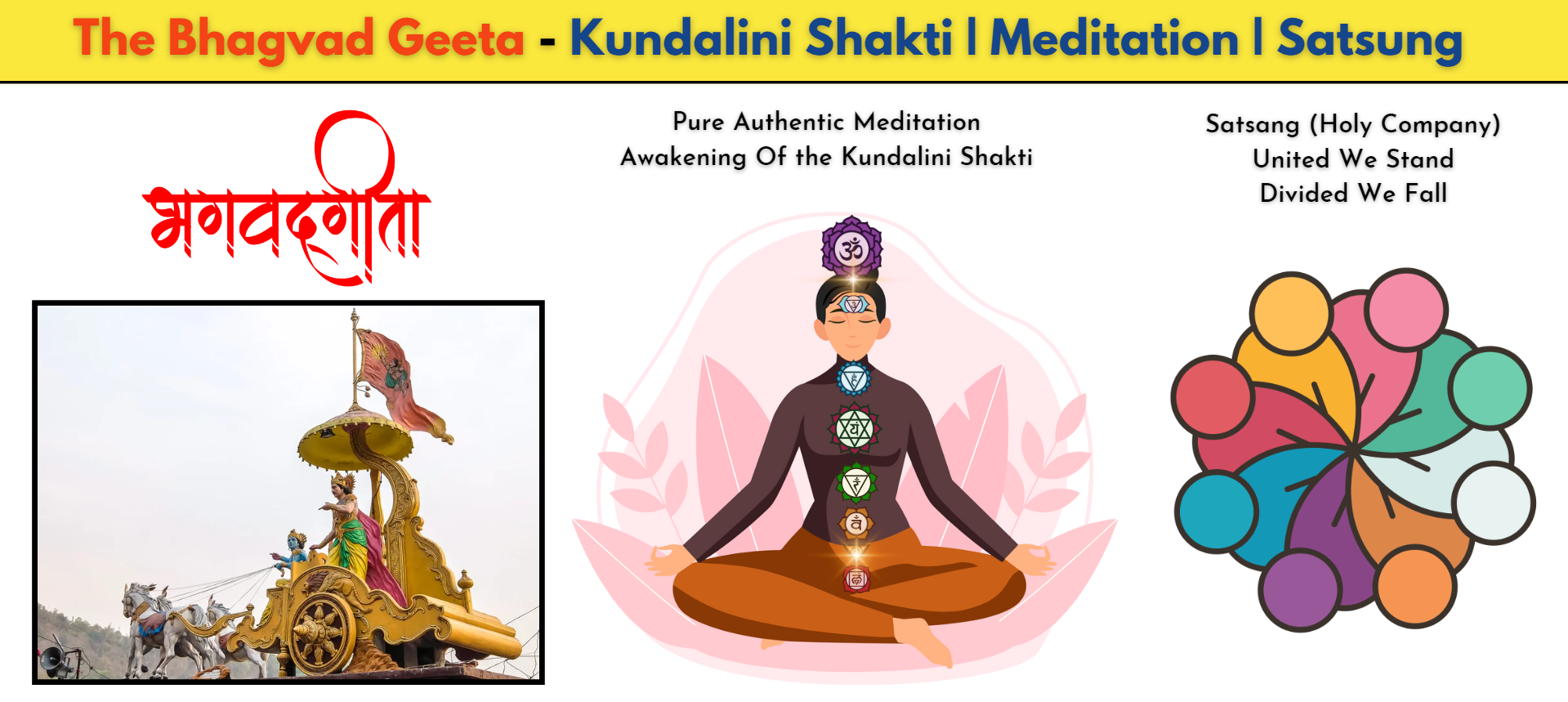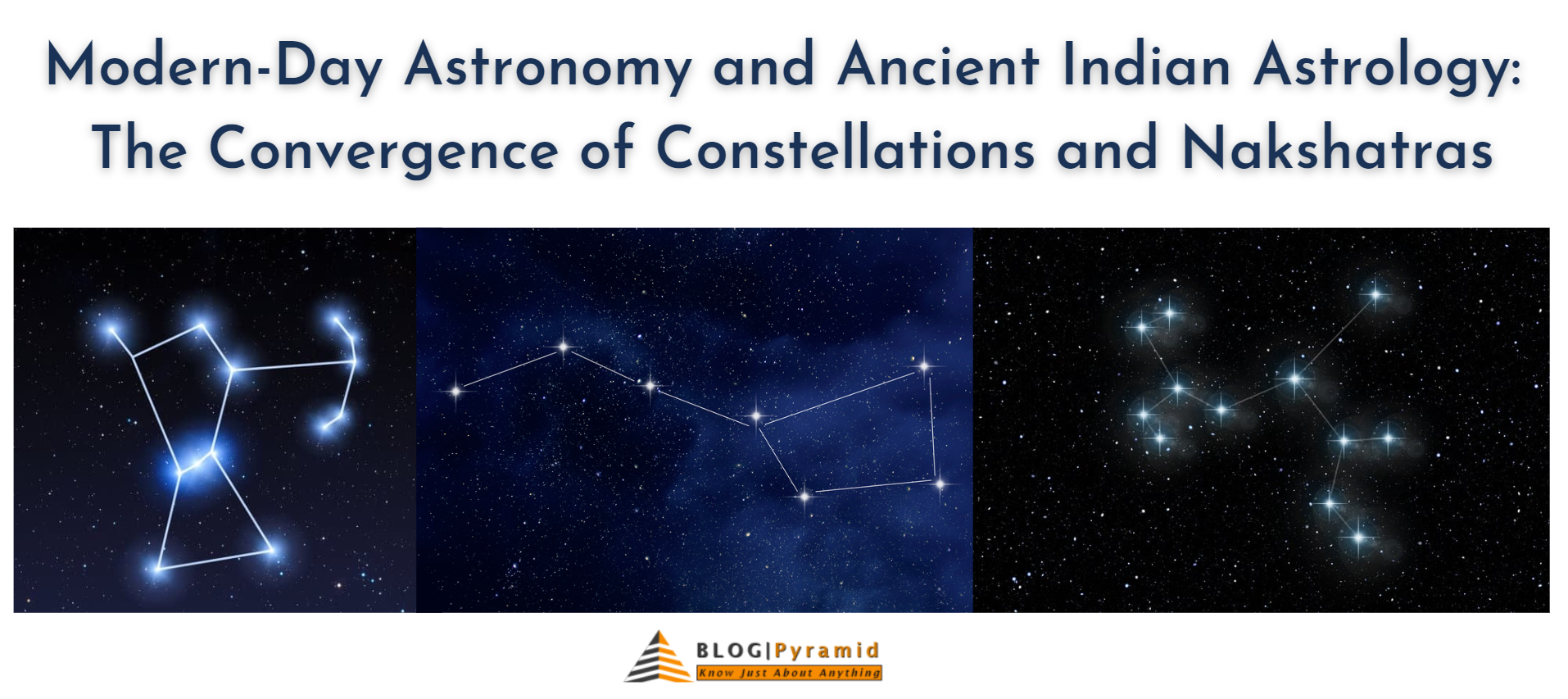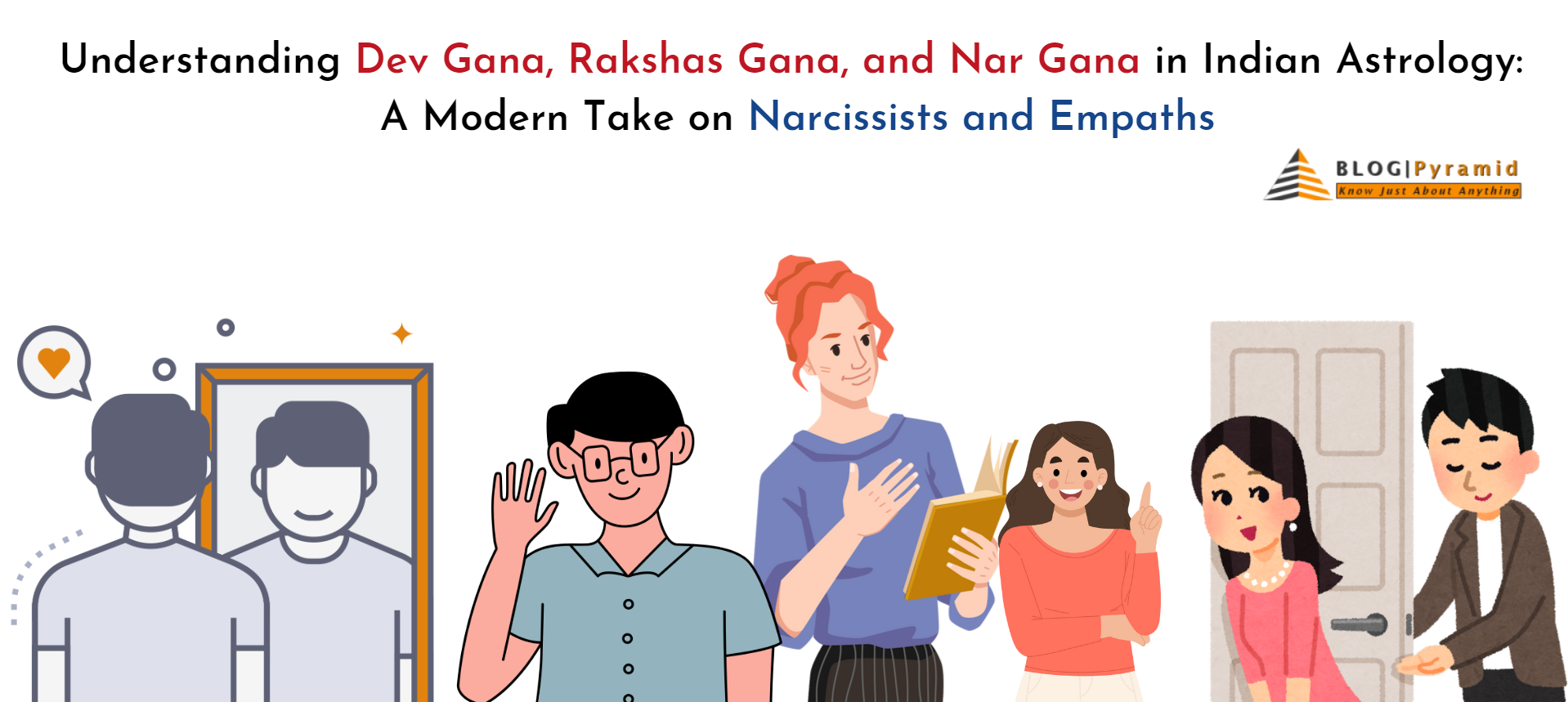
The Bhagvad Geeta – Kundalini Shakti | Meditation | Satsung
The Bhagavad Gita, a sacred text in Hinduism, contains profound teachings on spirituality, self-realization, and the nature of the self. While the text does not explicitly mention “Kundalini Shakti” by name, it does touch upon concepts related to spiritual awakening, meditation, and the benefits of satsang (association with the wise and holy company). Here are some examples with relevant shlokas from the Gita:
Kundalini Shakti
Bhagavad Gita: Chapter 15, Verse 1
श्रीभगवानुवाच |
ऊर्ध्वमूलमध:शाखमश्वत्थं प्राहुरव्ययम् |
छन्दांसि यस्य पर्णानि यस्तं वेद स वेदवित् || 1||
The Supreme Divine Personality said: They speak of an eternal aśhvatth tree with its roots above and branches below. Its leaves are the Vedic hymns, and one who knows the secret of this tree is the knower of the Vedas.
The concept of Kundalini Shakti, the dormant divine energy believed to reside at the base of the spine, can be inferred from the Gita’s emphasis on inner spiritual awakening and the rise of spiritual consciousness.
Shri Krishna has also said that this tree (of awareness) is hanging upside down. The tree of life is hanging upside down. Its branches grow downwards, and its roots are on top. So first of all, we take you up and give realization in the roots itself. First understand the roots. Once the roots become alright, the rest of the tree will become alright by itself.
This is the significance of Sahaja Yoga. First the root is awakened.
Even otherwise, if you have to treat any tree and you say – first make the leaves alright, then make the trunk in the center alright. Nothing can be done.
But if you go down to the roots directly, then through the roots you can save the entire tree. This is the path of Sahaja Yoga that you go down to your roots. The root is on top at the Sahasrara.
Then you are nourished by the Chaitanya, with which all your mind, knowledge, ego and body, whatever other physical problem you have, is cleared out.
Her Holiness Shri Mataji Nirmala Devi
Agnya Chakra, The door of heaven, New Delhi (India)
February 3rd, 1983
Reincarnation | Rebirth
- Chapter 4, Verse 7-8:
यदा यदा हि धर्मस्य ग्लानिर्भवति भारत |परित्राणाय साधूनां विनाशाय च दुष्कृताम् |
अभ्युत्थानमधर्मस्य तदात्मानं सृजाम्यहम् ||
धर्मसंस्थापनार्थाय सम्भवामि युगे युगे ||Translation: Whenever there is a decline in righteousness and an increase in unrighteousness, O Arjuna, at that time I manifest myself on earth. To protect the virtuous, to annihilate the wicked, and to reestablish the principles of dharma, I appear millennium after millennium.
This passage also emphasizes the awakening and rise of divine energy (which can be seen as Kundalini) to restore balance and righteousness.
Meditation
The Gita places a strong emphasis on meditation as a means to attain spiritual enlightenment and inner peace.
Example Shloka:
- Chapter 6, Verse 6:
उद्धरेदात्मनात्मानं नात्मानमवसादयेत् |
आत्मैव ह्यात्मनो बन्धुरात्मैव रिपुरात्मन: ||
Translation: One must elevate, not degrade, oneself by one’s own mind. The mind alone is the friend of the self, and the mind alone is the enemy of the self.
- Chapter 6, Verse 10:
योगी युञ्जीत सततमात्मानं रहसि स्थित: |
एकाकी यतचित्तात्मा निराशीरपरिग्रह: ||
Translation: A yogi should constantly engage the mind in meditation, remaining in solitude and alone, with the mind and body controlled, free from desires and possessiveness.
These verses underscore the importance of meditation for self-realization and mastery over the mind.
Satsang (Holy Company)
The Gita also highlights the significance of keeping good company, which aids in spiritual growth and understanding.
Example Shloka:
- Chapter 10, Verse 9:
मच्चित्ता मद्गतप्राणा बोधयन्त: परस्परम् |कथयन्तश्च मां नित्यं तुष्यन्ति च रमन्ति च ||Translation: With their minds fixed on Me and their lives surrendered to Me, enlightening one another about My greatness and conversing about Me, they derive satisfaction and bliss.
This verse reflects the essence of satsang, where devotees derive joy and spiritual wisdom through mutual discussion and company.
Conclusion
While the Bhagavad Gita may not explicitly mention “Kundalini Shakti” by name, its teachings on inner spiritual awakening, meditation, and the importance of holy company align well with the principles of Kundalini awakening and spiritual growth. The Gita encourages individuals to seek spiritual knowledge, practice meditation, and associate with the wise to achieve higher states of consciousness and self-realization.






